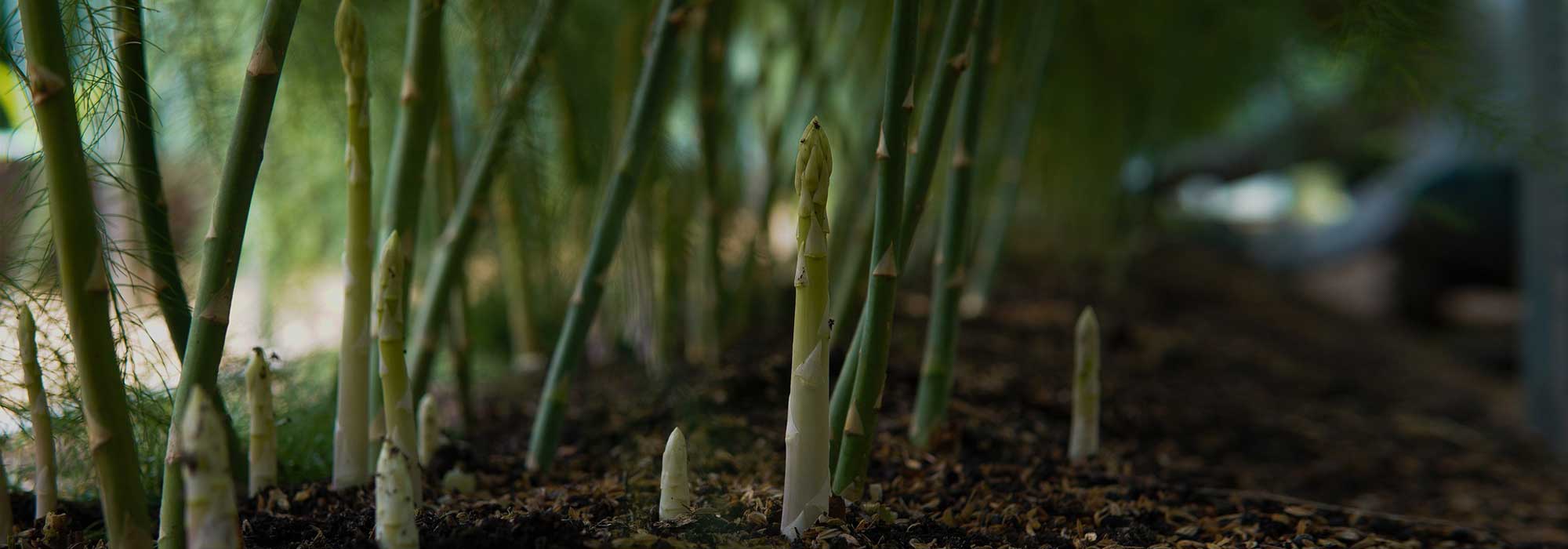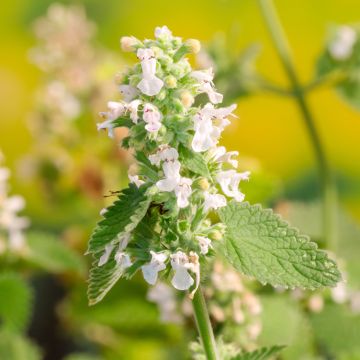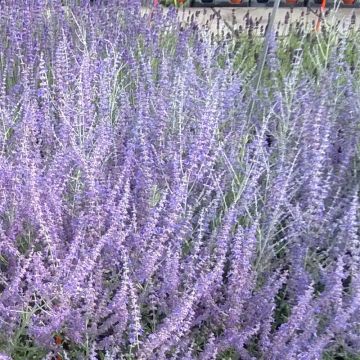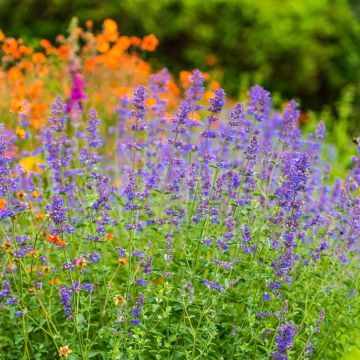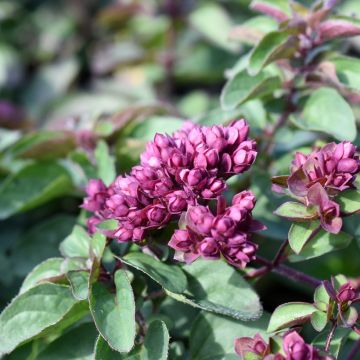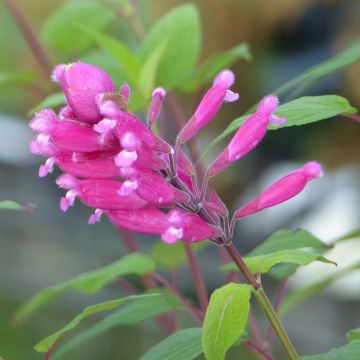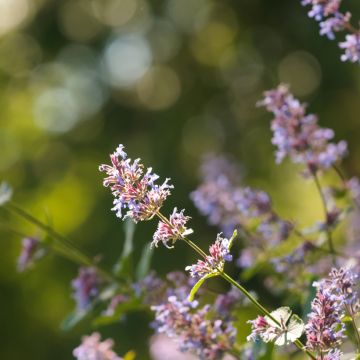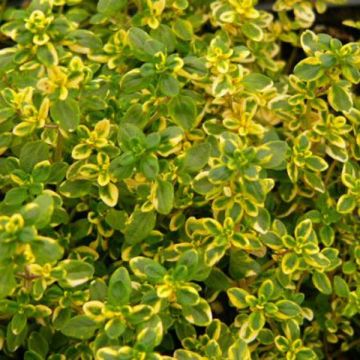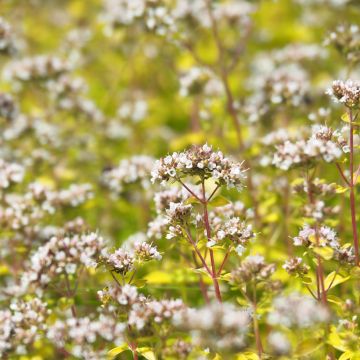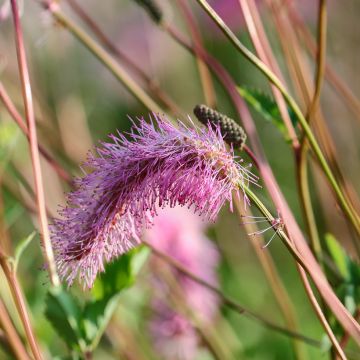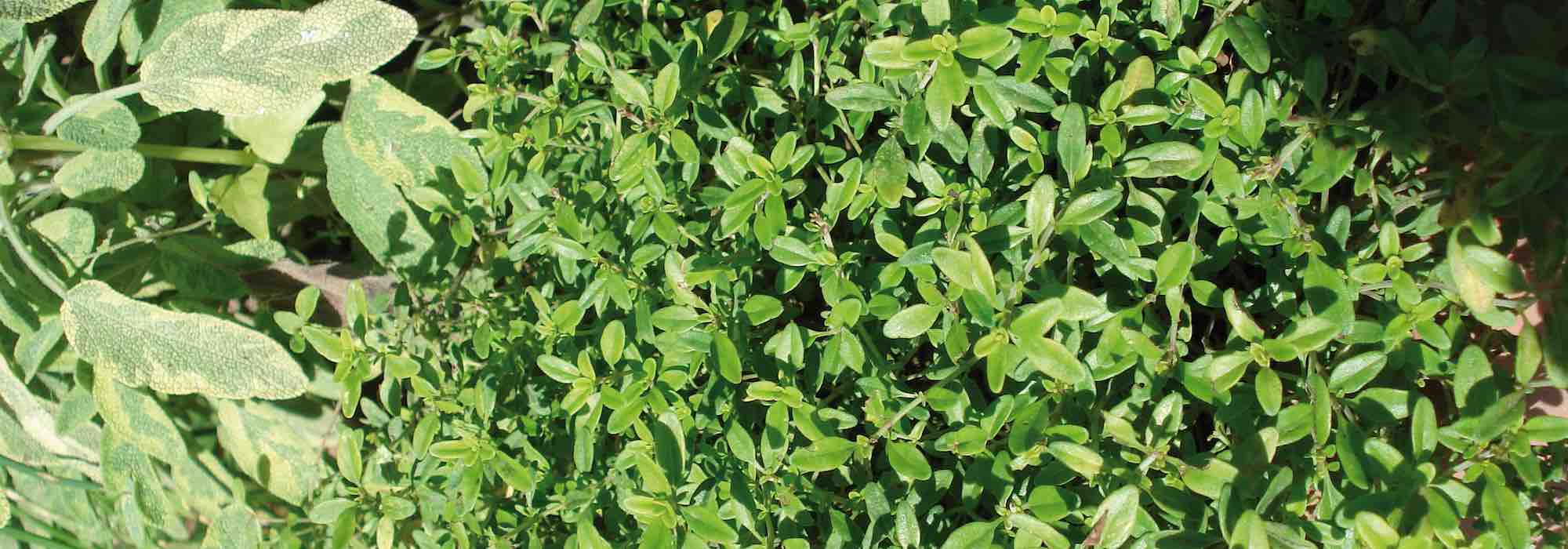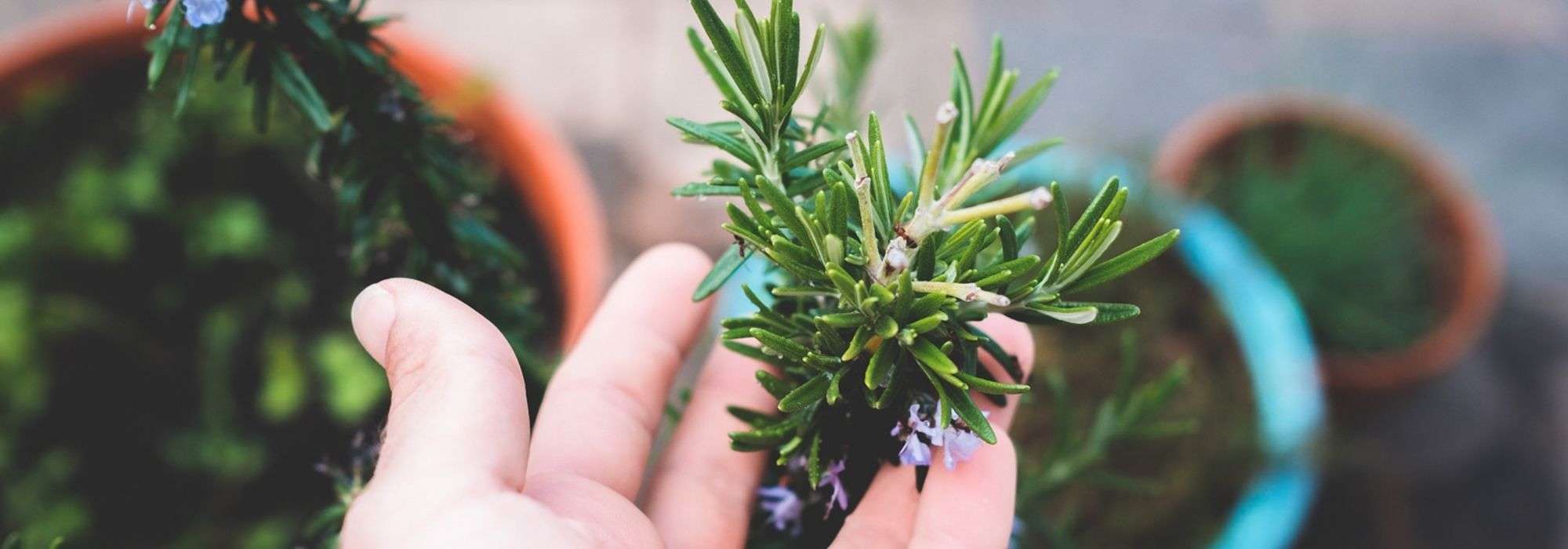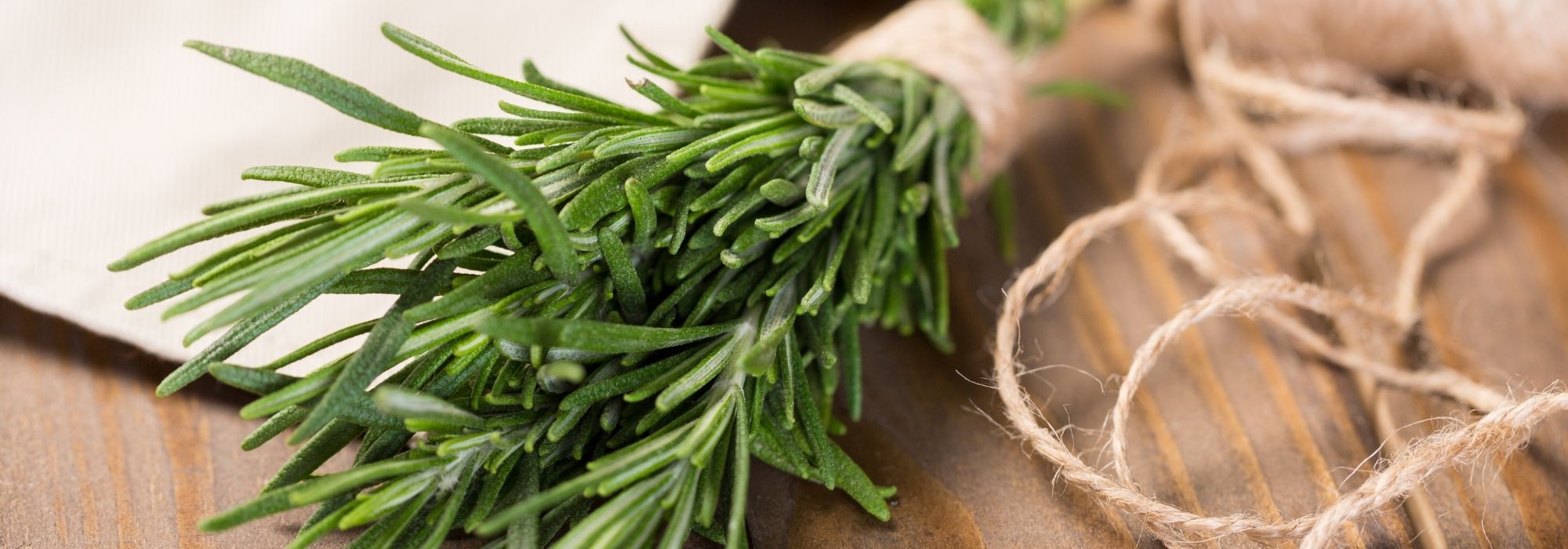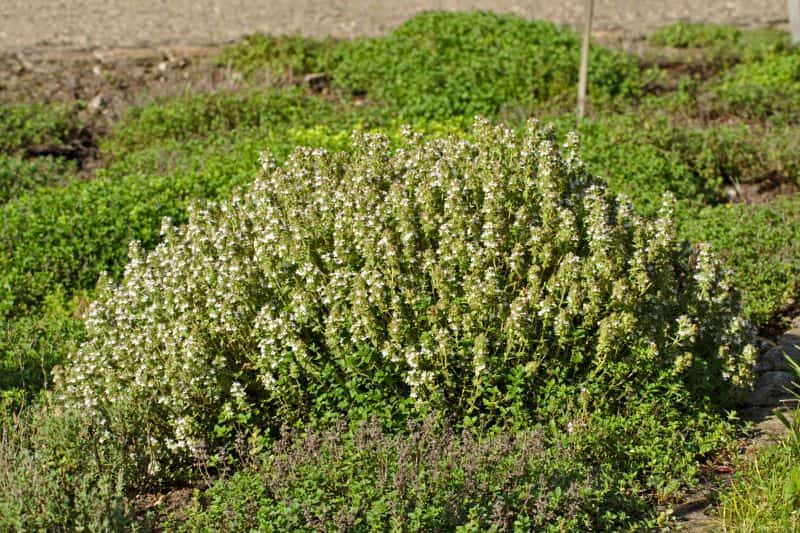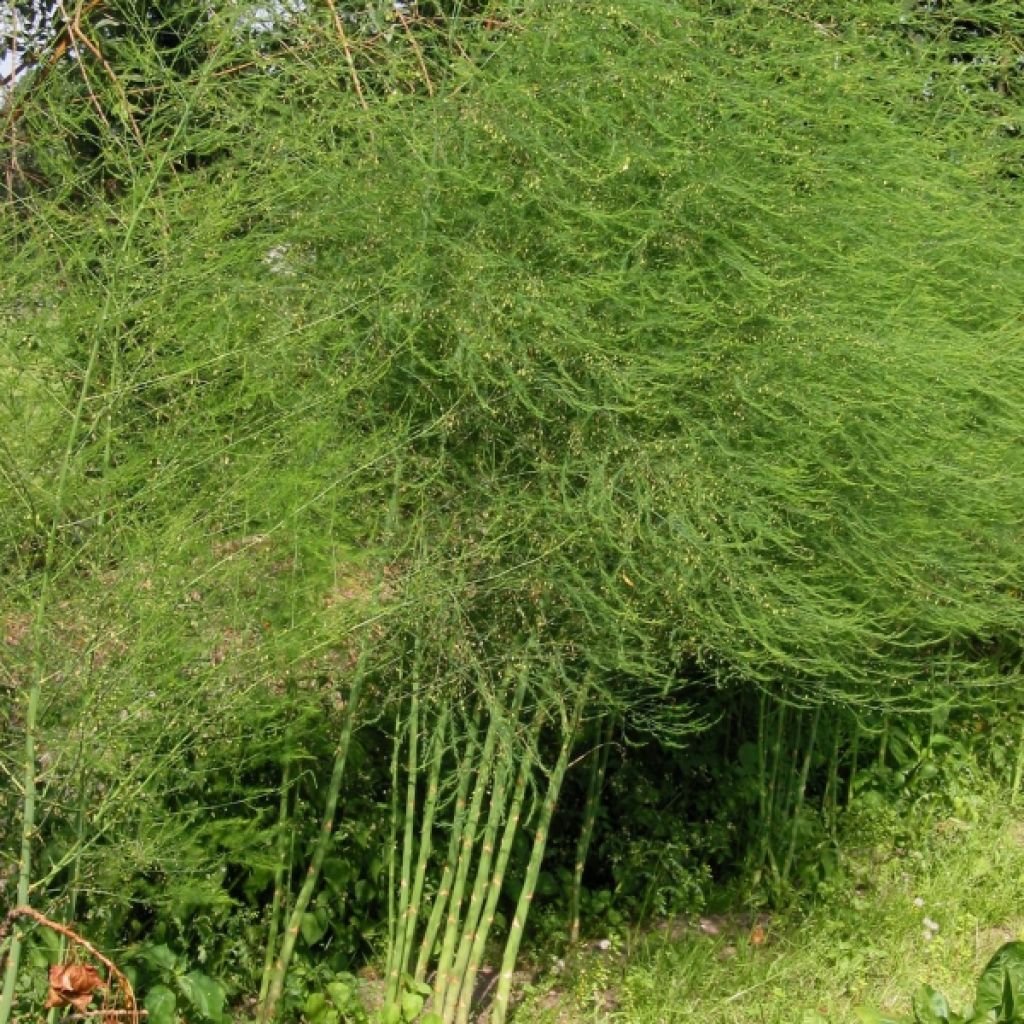

Asparagus officinalis
Asparagus officinalis
Asparagus officinalis
Asparagus, Garden Asparagus
At last in the ground, after a year in a pot. They are slowly growing, protected from predators (wild boars visit our gardens every week, deer almost every morning: all our strawberry plants have disappeared in the neighborhood).
Franck Xavier, 24/04/2021
Special offer!
Receive a €20 voucher for any order over €90 (excluding delivery costs, credit notes, and plastic-free options)!
1- Add your favorite plants to your cart.
2- Once you have reached €90, confirm your order (you can even choose the delivery date!).
3- As soon as your order is shipped, you will receive an email containing your voucher code, valid for 3 months (90 days).
Your voucher is unique and can only be used once, for any order with a minimum value of €20, excluding delivery costs.
Can be combined with other current offers, non-divisible and non-refundable.
Home or relay delivery (depending on size and destination)
Schedule delivery date,
and select date in basket
This plant carries a 12 months recovery warranty
More information
We guarantee the quality of our plants for a full growing cycle, and will replace at our expense any plant that fails to recover under normal climatic and planting conditions.
Would this plant suit my garden?
Set up your Plantfit profile →
Description
Asparagus officinalis is cultivated for the consumption of its fibre-rich young shoots, which are very low in calories, and for its highly decorative foliage in bouquets.
Commonly known as Asparagus, this rhizomatous perennial, with a bushy habit, has feathery green foliage that is very dense and deciduous. It can reach heights of up to 1.5 m (5 ft). From May to August, tiny yellowish flowers produce attractive red berries on female plants (dioecious plant).
Originally from Europe, Asparagus officinalis thrives in light, deep, sandy soil in sunny or partially shaded positions. Add compost when planting. To prevent a sudden attack from flies, cut and burn the foliage at the end of the season, and regularly weed the area.
Asparagus shoots should be cut with a gouge when they emerge from the ground. Consume them quickly, after peeling them well, or store them in jars after cooking. Asparagus is rich in minerals, vitamin C, and carotene, and is also a diuretic. After 10 years, the crops should be replaced and moved to a different location. Interestingly, asparagus can poison itself.
Companion planting in the vegetable garden: Asparagus does not thrive alongside garlic, onion, mint, beetroot, Swiss chard, or chicory, but it does get along well with cucumber, pickles, coriander, beans, parsley, leek, peas, and tomatoes (which repel the asparagus fly).
Tips: Plant asparagus crowns after a leek crop to prevent rhizoctonia, a disease that attacks its roots. Wait until the third year to harvest the shoots and make sure to leave some behind to avoid depleting the plant.
Asparagus officinalis in pictures
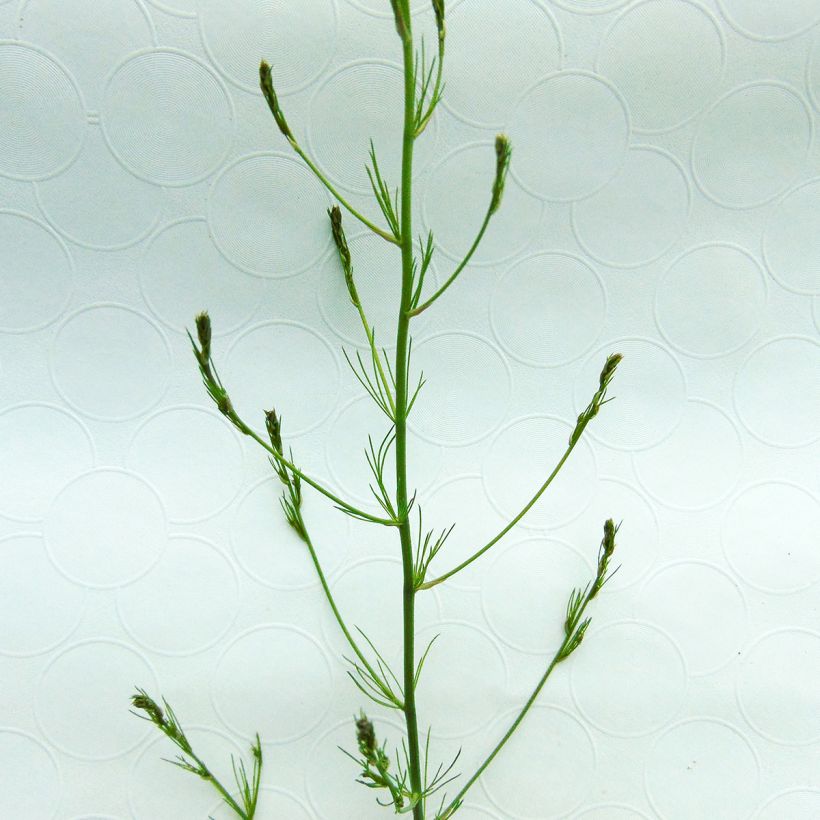

Flowering
Foliage
Plant habit
Botanical data
Asparagus
officinalis
Asparagaceae
Asparagus, Garden Asparagus
Cultivar or hybrid
Other Herb perennials
View all →Planting and care
Asparagus officinalis is a long-growing crop that requires space. The crowns are planted in March, 25 cm (10 in) deep and 60 cm (24 in) apart in all directions. Place compost at the bottom of the hole, and then gently place the crowns as they are fragile. The soil should be sandy and well worked. Mark the locations with stakes. If you wish to blanch the shoots, mound them up to 30 cm (12 in) in height in the spring of the third year. In November, remove the mounds and cut back the dry stems. In March, mound up again and harvest between May and June. In autumn, add well-decomposed compost.
Planting period
Intended location
Care
Planting & care advice
-
, onOrder confirmed
Reply from on Promesse de fleurs
Haven't found what you were looking for?
Hardiness is the lowest winter temperature a plant can endure without suffering serious damage or even dying. However, hardiness is affected by location (a sheltered area, such as a patio), protection (winter cover) and soil type (hardiness is improved by well-drained soil).

Photo Sharing Terms & Conditions
In order to encourage gardeners to interact and share their experiences, Promesse de fleurs offers various media enabling content to be uploaded onto its Site - in particular via the ‘Photo sharing’ module.
The User agrees to refrain from:
- Posting any content that is illegal, prejudicial, insulting, racist, inciteful to hatred, revisionist, contrary to public decency, that infringes on privacy or on the privacy rights of third parties, in particular the publicity rights of persons and goods, intellectual property rights, or the right to privacy.
- Submitting content on behalf of a third party;
- Impersonate the identity of a third party and/or publish any personal information about a third party;
In general, the User undertakes to refrain from any unethical behaviour.
All Content (in particular text, comments, files, images, photos, videos, creative works, etc.), which may be subject to property or intellectual property rights, image or other private rights, shall remain the property of the User, subject to the limited rights granted by the terms of the licence granted by Promesse de fleurs as stated below. Users are at liberty to publish or not to publish such Content on the Site, notably via the ‘Photo Sharing’ facility, and accept that this Content shall be made public and freely accessible, notably on the Internet.
Users further acknowledge, undertake to have ,and guarantee that they hold all necessary rights and permissions to publish such material on the Site, in particular with regard to the legislation in force pertaining to any privacy, property, intellectual property, image, or contractual rights, or rights of any other nature. By publishing such Content on the Site, Users acknowledge accepting full liability as publishers of the Content within the meaning of the law, and grant Promesse de fleurs, free of charge, an inclusive, worldwide licence for the said Content for the entire duration of its publication, including all reproduction, representation, up/downloading, displaying, performing, transmission, and storage rights.
Users also grant permission for their name to be linked to the Content and accept that this link may not always be made available.
By engaging in posting material, Users consent to their Content becoming automatically accessible on the Internet, in particular on other sites and/or blogs and/or web pages of the Promesse de fleurs site, including in particular social pages and the Promesse de fleurs catalogue.
Users may secure the removal of entrusted content free of charge by issuing a simple request via our contact form.
The flowering period indicated on our website applies to countries and regions located in USDA zone 8 (France, the United Kingdom, Ireland, the Netherlands, etc.)
It will vary according to where you live:
- In zones 9 to 10 (Italy, Spain, Greece, etc.), flowering will occur about 2 to 4 weeks earlier.
- In zones 6 to 7 (Germany, Poland, Slovenia, and lower mountainous regions), flowering will be delayed by 2 to 3 weeks.
- In zone 5 (Central Europe, Scandinavia), blooming will be delayed by 3 to 5 weeks.
In temperate climates, pruning of spring-flowering shrubs (forsythia, spireas, etc.) should be done just after flowering.
Pruning of summer-flowering shrubs (Indian Lilac, Perovskia, etc.) can be done in winter or spring.
In cold regions as well as with frost-sensitive plants, avoid pruning too early when severe frosts may still occur.
The planting period indicated on our website applies to countries and regions located in USDA zone 8 (France, United Kingdom, Ireland, Netherlands).
It will vary according to where you live:
- In Mediterranean zones (Marseille, Madrid, Milan, etc.), autumn and winter are the best planting periods.
- In continental zones (Strasbourg, Munich, Vienna, etc.), delay planting by 2 to 3 weeks in spring and bring it forward by 2 to 4 weeks in autumn.
- In mountainous regions (the Alps, Pyrenees, Carpathians, etc.), it is best to plant in late spring (May-June) or late summer (August-September).
The harvesting period indicated on our website applies to countries and regions in USDA zone 8 (France, England, Ireland, the Netherlands).
In colder areas (Scandinavia, Poland, Austria...) fruit and vegetable harvests are likely to be delayed by 3-4 weeks.
In warmer areas (Italy, Spain, Greece, etc.), harvesting will probably take place earlier, depending on weather conditions.
The sowing periods indicated on our website apply to countries and regions within USDA Zone 8 (France, UK, Ireland, Netherlands).
In colder areas (Scandinavia, Poland, Austria...), delay any outdoor sowing by 3-4 weeks, or sow under glass.
In warmer climes (Italy, Spain, Greece, etc.), bring outdoor sowing forward by a few weeks.






























